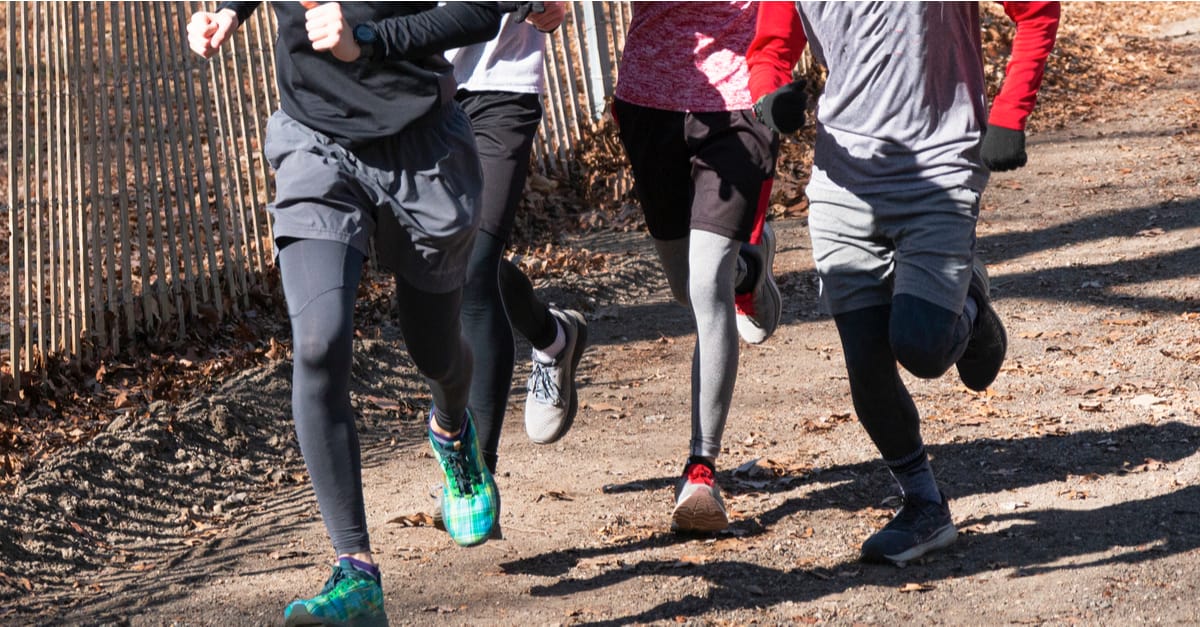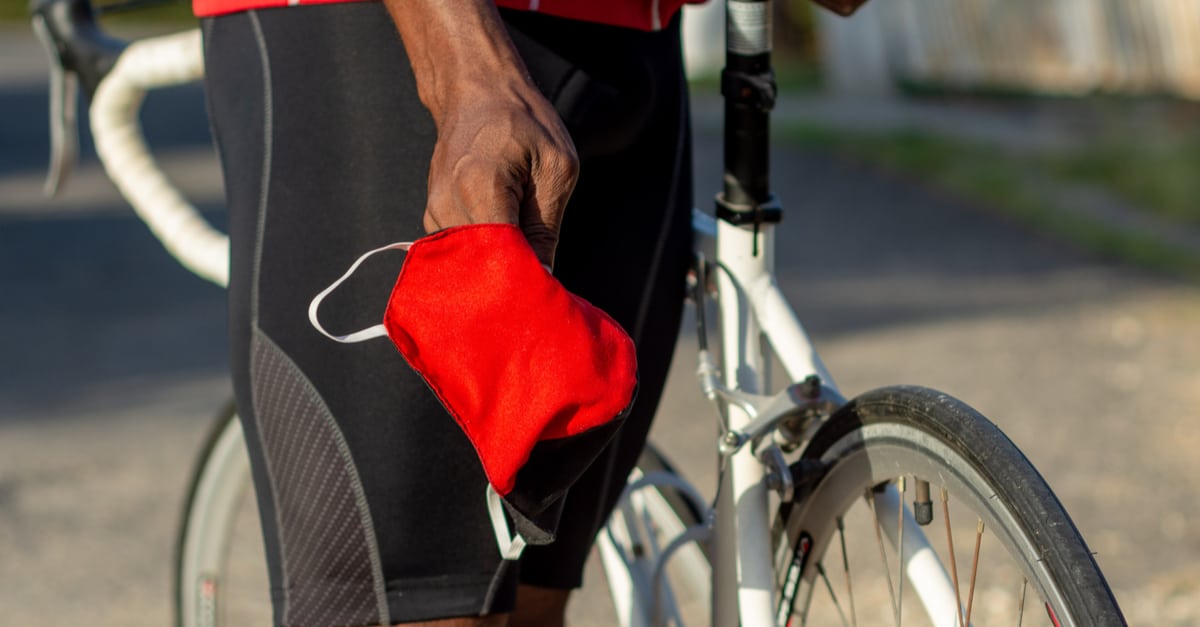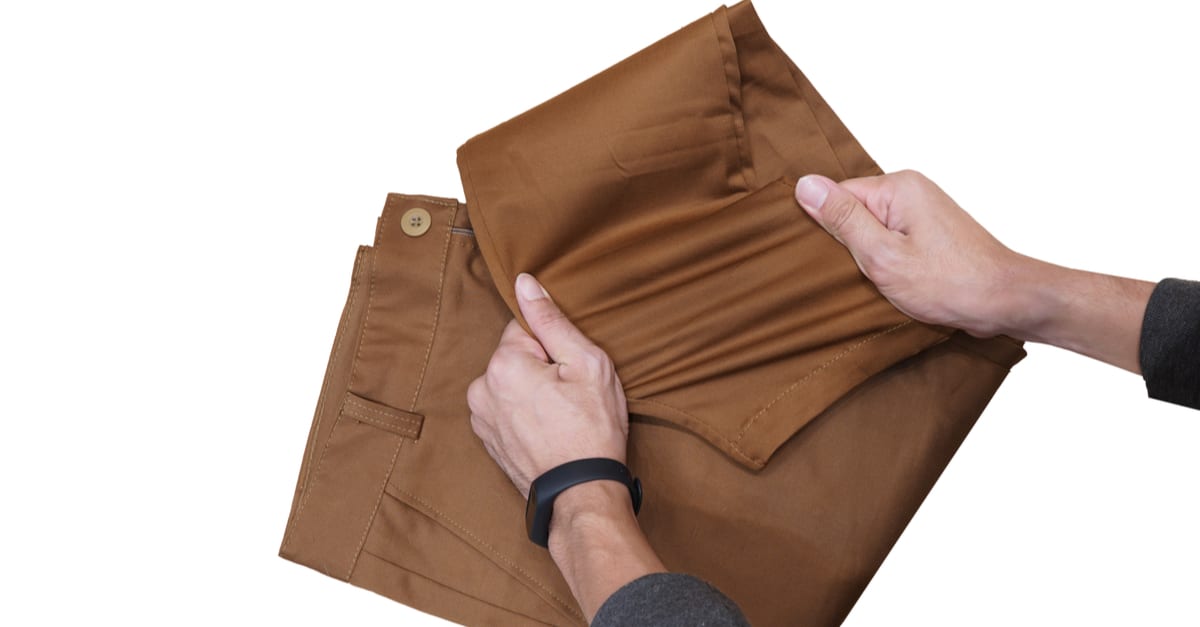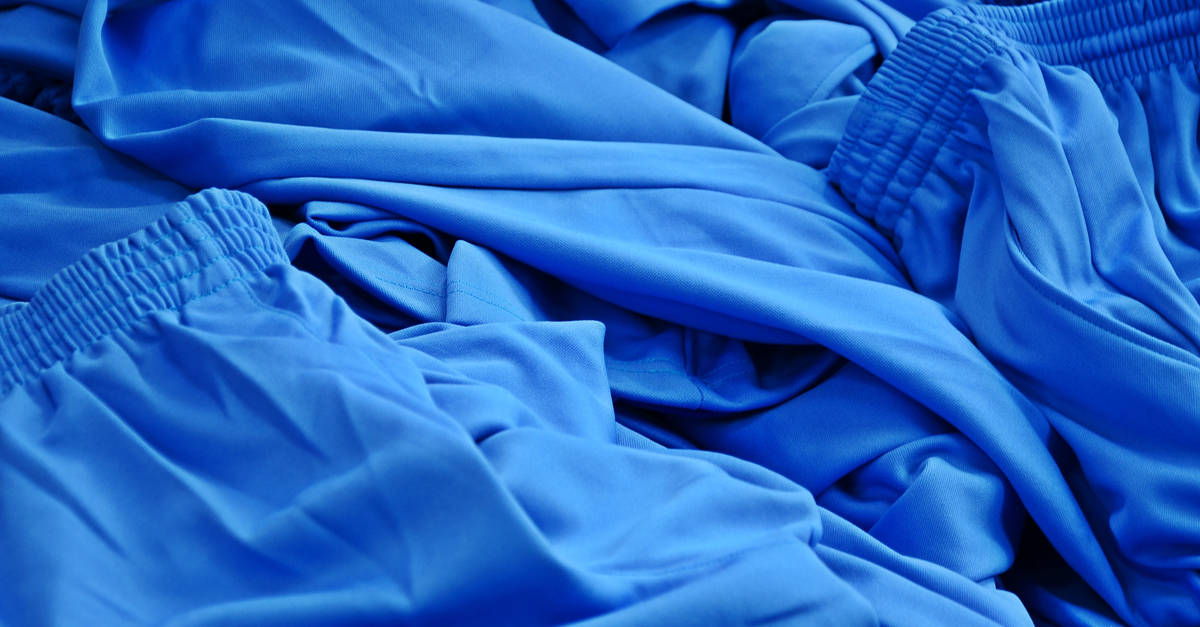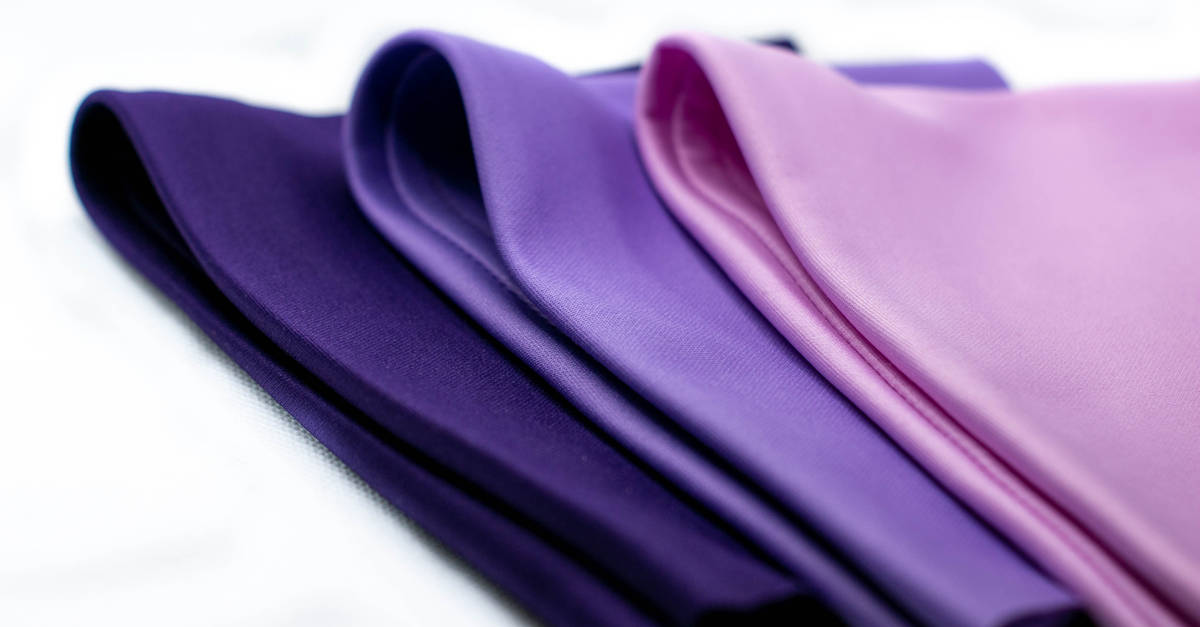When it comes to fabric production, elastication is undoubtedly one of the biggest innovations and one today’s clothing industry simply can’t do without. Not only do the stretching fabrics and fibers give wearers of various clothes more room to move, but they also make garments more adaptive during wearing (and washing).
Whether we’re wearing something that is very stretchy due to the high percentage of these fibers in the blend or something that’s just a tiny bit stretchier than the usual, non-stretch clothes, it can make a lot of difference. Even just a tiny bit of elasticity in one’s jeans can completely change the fit comfort of this garment.
However, there’s quite a lot of confusion when it comes to all those different names given to various stretch fibers and materials known for exceptional elasticity. Are we dealing with Lycra, Spandex, elastane, or something else? Maybe it’s all of them at once?
What’s the Difference Between Elastane and Spandex?
If you’ve ever researched the process of making clothes and material compositions used during it, you have probably bumped into the term elastane. Similarly, you may have seen the term Spandex here and there, and you’re probably aware of how this material is well-known for its exceptional stretchiness in clothes like tight-fitting costumes. And since both elastane and Spandex can add elasticity to a particular piece of apparel, it’s no wonder that a lot of people think they’re the same thing. But are they actually related?
Well, it turns out that the difference between elastane and Spandex is…pretty much non-existent. They are the same thing, and the only “difference” is in the branding. In other words, there’s a pretty good reason why elastane isn’t capitalized and Spandex is, as well as why comparisons such as “Spandex vs elastane” don’t make a lot of sense. The fiber within a piece of clothing is elastane, and Spandex is one of the names for it. That’s one of the main reasons why the term Spandex is not so well-known outside of the United States.
Have you ever noticed that the name “Spandex” is actually an anagram? By doing some letter-mixing, we can turn “Spandex” into “expands”, and that actually makes a lot of sense. Over the years, the name Spandex became quite well-known (at least on the US market) and is now pretty much synonymous with every material that resembles it. If it’s highly expansive, brightly colored, and tight-fitting, it’s Spandex.
So What Does Lycra Have to Do With Elastane and Spandex?
Those dealing with fabrics and clothes the rest of the world (so, outside of the United States) are far more familiar with the term Lycra, which is yet another name for elastane. Spandex and Lycra are actually the same things – it’s as simple as that. Once again, an everyday term was turned into a trademark. The term Lycra is common in countries such as the United Kingdom, New Zealand, Australia, and Latin America. In countries like Sweden or Germany, on the other hand, this fabric is branded as Elastan.
Using a brand name instead of the more general term, like in the case of Spandex, Lycra, or elastane, is actually quite common in the clothing industry. For example, a lot of people know what Velcro is but don’t know what “hook & loop tape” is, even though the former is just a brand name for the latter. Another example is the word zipper – it’s a part of everyday speech that’s actually a trademark and not a more general term.
In any case, Spandex and Lycra are one and the same thing, no matter which one of these two brand names you prefer to use. So, in the imaginary battle called elastane vs Spandex vs Lycra, there is no winner – there is just elastane and the other two are brand names for it.
Which One is Older – Spandex or Lycra?
To find an answer to this question, we need to go back in history all the way to the creation of a synthetic substance known as elastane.
So, this synthetic fiber was invented in 1958 by chemist Joseph Shivers. Back in the 1950s, this chemist Joseph Shivers worked at the Benger laboratory owned by the chemical company DuPont, which, at the time, was trying to produce a material that would enhance women’s clothing.
Nowadays, it seems quite unusual that women were once wearing natural rubber in their undergarments, but keep in mind that this was half a century ago. The aim of the scientists at DuPont was to replace natural rubber with something that would have exceptional elasticity and be a bit more practical. And to make something with such properties, they tried modifying a very common synthetic material – polyester. Eventually, they managed to create Fiber K out of polyester, and this substance was later trademarked as Lycra.
A decade later, the Lycra fiber had its purpose transformed – it became the most commonly used fabric for athletic wear. The first sportsmen to wear outfits with exceptional elasticity were the ones who participated in the 1968 Olympics. A bit later, this elastic fabric became even more popular and the clothing industry started using it in the manufacture of exercise outfits. At one point, the Americans started referring to this substance as Spandex, and this term never went away.
So, now you know that there’s no difference between elastane vs Spandex vs Lycra – elastane is a synthetic fiber that was branded and trademarked more than once. But did you know that it’s present in more than just the sports outfits? Things start making a lot more sense once you realize just how stretchy most of our everyday clothes are.
For example, a pair of briefs advertised as cotton briefs usually have at least 5% of elastane fiber in their construction. While this may not sound like a lot, it certainly makes a lot of difference. Even as little as 2% of Spandex/elastane, paired with some viscose, can make a pair of jeans exceptionally stretchy. Any piece of clothing that could benefit from shape retention and extra movement will usually have some Spandex/elastane in it – known for its exceptional elasticity, this substance is now used in more than just sportswear.
What is Elastane Actually Made Out Of?
As you may have suspected, Spandex/elastane does have a scientific (and therefore long) name – polyether-polyurea copolymer. Another name for this synthetic fiber is polymer polyurethane. It’s pretty safe to say that Spandex/elastane can be found everywhere and is known for its exceptional ability to be adapted into any kind of material. It can also be used in a blend with other materials.
The creation of this elastic synthetic substance is a very extensive process. The scientists working for a particular brand will start by mixing diisocyanate and macroglycol monomers, which is then usually followed by some solution-wet spinning or dry spinning which results in the creation of chains. These are then diluted, thinned, extruded, and heated, with the end result being Spandex/elastane in the form of solid stands with exceptional elasticity. To prevent them from sticking together, these are treated with magnesium stearate, after which they can be incorporated into a piece of clothing of any shape and size.
Even though it was invented in 1958, this substance still requires a lot of energy to be made and the creation process is rarely sustainable. Still, it’s safe to say that Spandex/elastane, known for its exceptional elasticity, has changed the clothing industry forever.
What Makes Elastane so Great?
Whether we call it just elastane, polymer polyurethane, polyether-polyurea copolymer, or use a brand name such as Spandex, this substance is well-known for its exceptional ability to make pieces of clothing stretchy. What is more, Spandex/elastane is a synthetic substance that forces the material to return to its original shape. That is precisely what makes Spandex/elastane so great for skinny jeans, yoga pants, and swimwear.
Furthermore, the material containing Spandex/elastane can stretch repeatedly without a high risk of serious damage. Even though the impact undoubtedly degrades as the years go by, it is still possible to get quite a lot of use out of outfits whose material contains elastane. Moreover, elastane is very comfortable, and adding it to polyester or cotton to create a particular piece of clothing won’t make this same clothing feel like it’s made out of synthetic material.
Lycra vs Spandex vs Elastane – The Conclusion
Known for its exceptional stretchiness, elastane is a synthetic substance that has revolutionized the fashion industry. In case you still don’t understand the difference between elastane vs Spandex vs Lycra, here’s a short and comprehensive summary:
- A synthetic material, elastane was created more than half a century ago for use in women’s undergarments.
- Spandex is the name that is given to this material once it’s created in a laboratory and ready for use in outfits.
- Just like Spandex, Lycra is only a brand name for this substance and is more common outside of the United States.
So, in the end, there is no difference between elastane and these other terms. These are just three different ways to refer to polyether-polyurea copolymer, and all three terms are interchangeable.

I love hiking, backpacking, and camping. From the Camino de Santiago to the West Highland Way in Scotland or simply a great day hike on the weekend. Hiking refreshes me, my mind, and keeps my body reasonably fit. So far I have walked three Camino routes and many other long distance hikes in the UK, Canada, and around the rest of Europe. One of the best was my hike up Ben Nevis.


